Guess girl or boy? Anime characters! Part 1
Anime, a distinctive style of Japanese animation, has evolved significantly over the decades. Early anime films, primarily intended for domestic audiences, incorporated numerous cultural references unique to Japan. The large eyes of anime characters, for instance, are often perceived in Japan as expressive "windows to the soul." While much of the genre caters to children, anime sometimes explores adult themes and subject matter.
The modern era of anime began in 1956, gaining lasting success in 1961 with the establishment of Mushi Productions by Osamu Tezuka, a prominent figure in the development of manga, the intricate Japanese comic book style that heavily influenced anime's aesthetic. Contemporary anime, such as Miyazaki Hayao's Princess Mononoke (1997), has drawn comparisons to the epic folk adventures once depicted by renowned Japanese filmmakers like Mizoguchi Kenji and Kurosawa Akira.
At the turn of the 21st century, anime experienced a surge in international popularity, with the Pokémon television series and films like Miyazaki's Spirited Away (2002), which won an Academy Award for Best Animated Feature. This recognition helped establish anime as a serious art form, transcending its perception as merely children's entertainment.
Manga and its animated counterpart, anime, stand out as iconic art forms from Japan that have gained global recognition. Characters like Astro Boy, Speed Racer, and Sailor Moon have achieved widespread popularity, adorning various merchandise worldwide. Works like "Akira" and "Ghost in the Shell" have left a lasting impact on global science fiction, while anime director Hayao Miyazaki's accolades at the Academy Awards have elevated the perception of cartoons to high art.
"Manga" serves as the overarching term encompassing comics, cartoons, and animation. The term originates from two kanji: (漫) "man" for "whimsical or impromptu" and (画) "ga" for "pictures." In contemporary usage, especially outside Japan, "manga" specifically denotes printed comic books, while "anime" refers to animated motion pictures across various mediums like film, TV, or web videos. Frequently, successful manga are adapted into anime or developed concurrently as part of a comprehensive franchise, leading to the interchangeable use of these terms.
Manga has deep roots in Japanese art history, with influences dating back to 12th century scroll paintings (emaki) that told stories in a right-to-left sequential format, and 18th century ukiyo-e woodblock prints that combined illustration and text for dynamic effect. The term "manga" was first used in the 1798 publication "Shiji no Yukikai (Four Seasons)," and by the late 1800s, several comic magazines were in circulation.
A pivotal moment came with the U.S. occupation of Japan starting in 1945, which introduced American comics and cartoons. Japan's post-war youth embraced and adapted these influences, including Osamu Tezuka, known as the "godfather" of manga. Tezuka, often compared to Walt Disney, helped shape the industry through his prolific output and stylistic innovations that became standard, such as wide-eyed characters and cinematic visual techniques. He directly adapted Disney's "Bambi" (1951) and "Pinocchio" (1952) to manga form.
Immerse yourself in the realm of anime with our captivating Anime Character Gender Quiz. Tailored for both avid anime enthusiasts and newcomers, this quiz challenges you to determine the gender of various anime characters based on visual cues and character traits.
This quiz offers a fun and interactive way to gauge your ability to differentiate between male and female characters in a genre known for its intricate character designs and artistic nuances.
Embark on the Anime Character Gender Quiz today and compare your results with friends to discover who truly excels in recognizing anime characters. Whether for social media challenges or anime fan gatherings, this quiz is a perfect way to engage with the vibrant anime community and showcase your expertise in the world of anime characters.
Example of the test
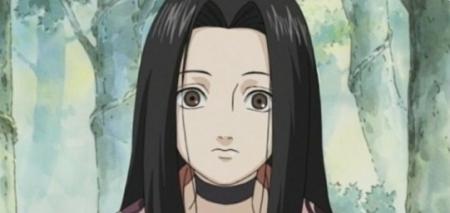
Girl or Boy?
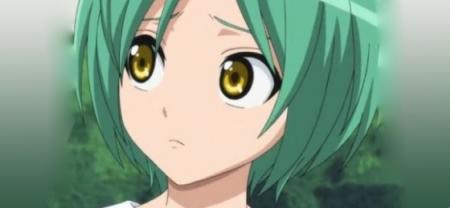
Girl or Boy?
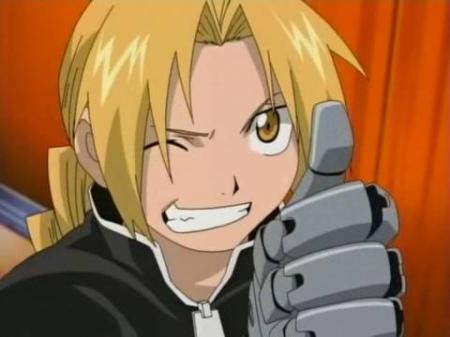
Girl or Boy?
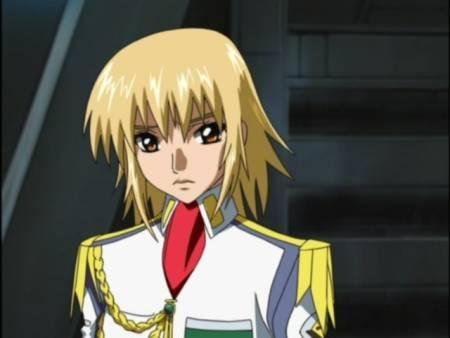
Girl or Boy?
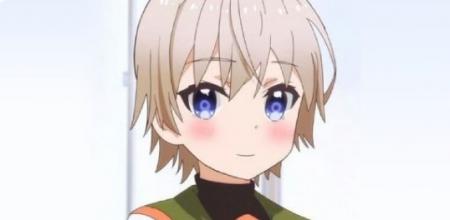
Girl or Boy?




